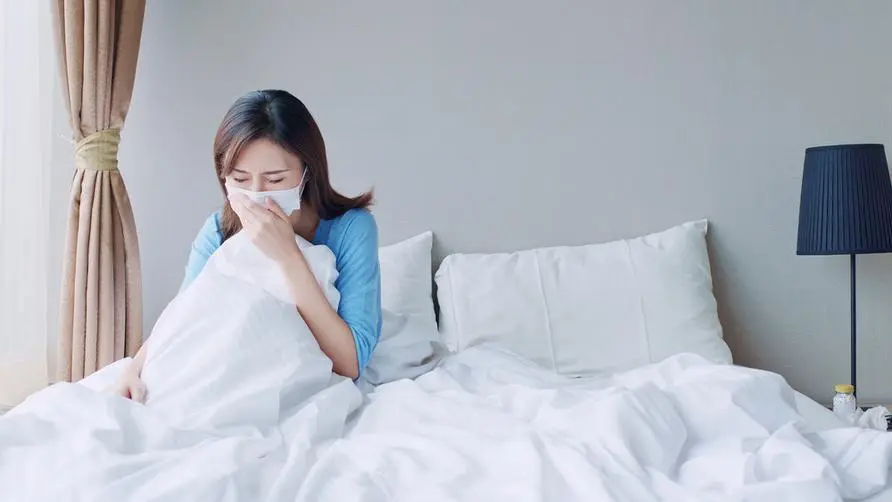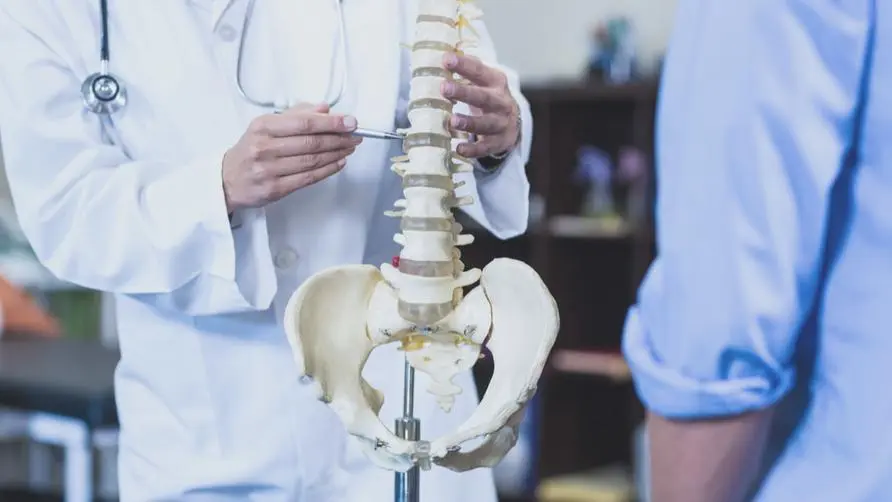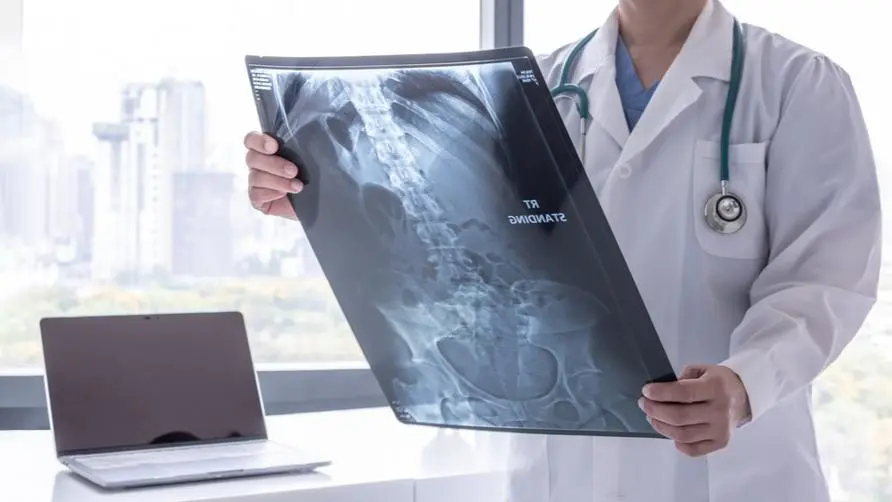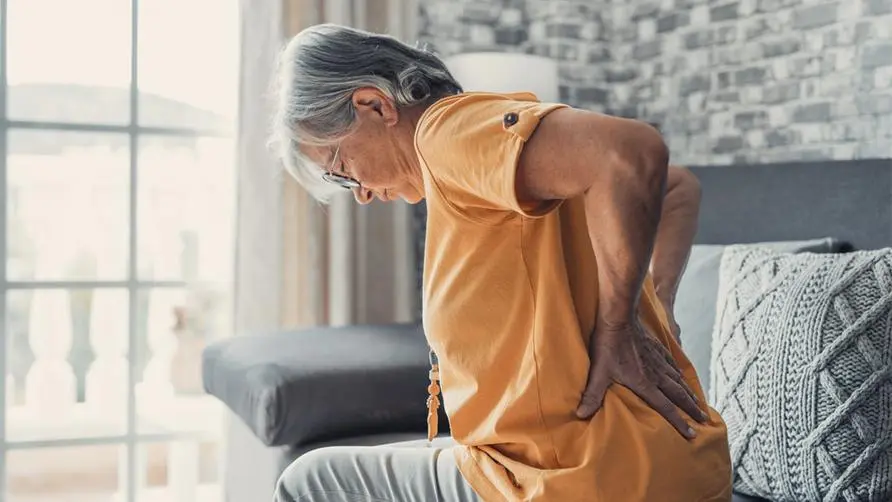Anti-osteoporosis exercise, calcium, and check-ups are essential! It is the fish with the highest vitamin D content
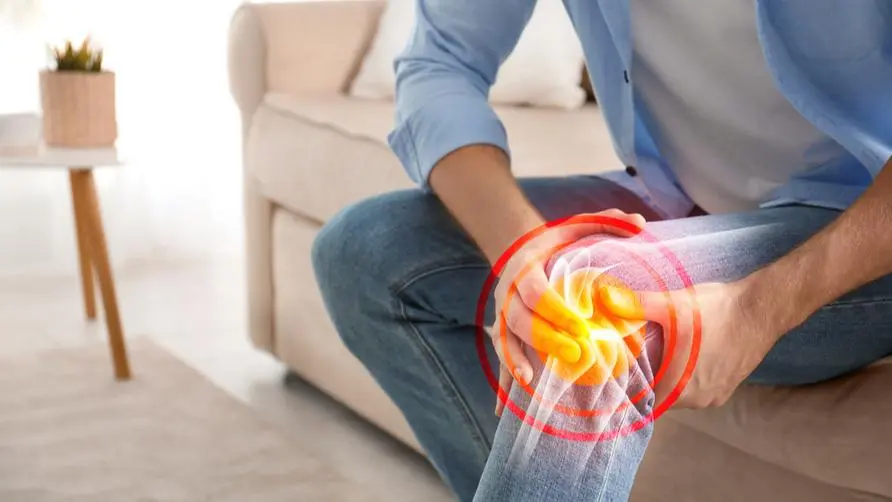
Osteoporosis is a hidden killer of health. Is the mortality rate from osteoporosis fracture higher than cancer?
“Invisible killer” If osteoporosis is not properly controlled, the risk of death may be higher than cancer? October 20 is the global “Osteoporosis Day”. Osteoporosis is a decrease in bone mass, resulting in more and larger gaps in the bones. When trabeculae become thinner and their number decreases, the bone cortex will become thinner, leading to a significant increase in the risk of fractures, especially compression fractures of the spine and traumatic fractures of the femoral neck.
There are “osteoblasts” and “osteoclasts” in the human body to maintain bone mass in a dynamic balance. The peak period of human bone mass is about thirty years old, and then it begins to gradually lose every year. Since there are no obvious signs of osteoporosis, common symptoms include hunchback as you age, being shorter by more than four centimeters (compared to when you were younger), and frequent lower back pain. Postmenopausal women lose bone mass at a faster rate due to the loss of hormonal protection.
Further reading: Elderly people are prone to insufficient “bone density”. Experts call for early adoption of “five major measures” to maintain bone health.
Who is more susceptible to osteoporosis? If you do less exercise, you will lose bone density faster.
Clinical risk factors for osteoporosis include: age (the higher, the greater the risk), gender (women are greater than men), low body mass index (lower BMI, the greater the risk), fractures, especially of the hip, spine, vertebrae, and wrists. Fractures, height loss (more than 4 cm), parents with a history of hip fractures, smoking, excessive drinking, drug use, long-term bed rest, frailty or lack of movement such as spinal cord injury, Parkinson’s disease, stroke, poor muscle strength, stiffness Spondylitis, etc.
Other factors in daily life that may increase osteoporosis include:
Habitual hunchback, which shifts the body’s center of gravity forward, increasing the risk of bone tissue degeneration and osteoporosis fractures;
Inadequate intake of calcium and vitamin D;
Lack of bone mass Awareness of screening and regular bone density examinations, especially for middle-aged and elderly people;
Lack of exercise and no “weight-bearing training” will make bone density loss more likely.
Insufficient calcium intake may “shake the bones”. Eat dairy products and high-calcium foods like this
The period before the age of 30 is the growth period of bones. Adequate calcium intake is an important key to maintaining bone health, which is the so-called “bone preservation”. However, Taiwanese people’s dietary calcium intake is obviously insufficient. The average calcium intake between 19 and 44 years old is It is 505 mg, and the average for those aged 45 to 64 is 566 mg, which is only about half the recommended intake. Suggested ways to supplement calcium include:
1.5-2 cups of dairy products per day: Each 240 ml cup of dairy products contains about 240 mg of calcium, which can provide about 1/4 of the recommended daily calcium intake for adults. Milk also contains a certain amount of vitamin D.
Eat high-calcium foods: cheese, black sesame seeds, dried fish, traditional tofu, dark green vegetables, such as sweet potato leaves, amaranth, etc., which contain more calcium than ordinary vegetables (100 grams of dark vegetables per serving Calcium content greater than 75 mg).
Extended reading: Will eating too much calcium tablets cause stones? Mom should also supplement calcium supplement with vitamin D
Vitamin D promotes calcium absorption. The number one natural food is wild salmon.
Another nutrient closely related to bone health is vitamin D3, which promotes calcium absorption, maintains normal bone metabolism, muscle function, balance function and prevents falls. Both children and adults need to supplement adequate amounts of vitamin D3 to maintain bones. healthy. Studies have proven that insufficient vitamin D3 intake will increase bone loss, reduce bone density, and make people prone to fractures in old age. Sources of vitamin D3 include sun exposure, food and supplements or medicines
There are not many foods that are naturally rich in vitamin D. Oily fish are the richest food source of vitamin D, with wild salmon (about 600-1000IU in 3.5 ounces) and farmed salmon at 100-250IU. . One large egg yolk contains approximately 41 IU of vitamin D. A cup of whole milk has about 120IU of vitamin D. Fortified foods and nutritional supplements are effective ways to add vitamin D to the diet.
The American Osteoporosis Foundation recommends that adults under the age of 50 should consume 400 to 800 IU of vitamin D3 daily, and adults over the age of 50 should consume 800 to 1,000 IU of vitamin D3 daily. When carrying out osteoporosis prevention and drug treatment, it is advisable to supplement sufficient calcium and vitamin D at the same time.
Further reading: 40% of young adults are vitamin D deficient! How to take and supplement vitamin D to prevent osteoporosis?
Mortality rate exceeds 20% one year after fracture! “Lifelong Exercise” Reduces Bone Loss
One of the biggest impacts of osteoporosis on health is an increased risk of fractures. Common osteoporotic fracture sites include: shoulder (proximal humerus), wrist (distal radius), spine, and wide bone (proximal femur). A leg fracture may cause you to be unable to move normally for 3 months. Statistics even show that the mortality rate in the first year after hip fracture is as high as 20%. The general public can use the “Fracture Risk Assessment Tool (FRAX)” to estimate their osteoporosis and fracture risk rates in the next ten years as a reference for prevention and treatment.
To reduce the incidence of osteoporosis and fractures, regular weight-bearing exercises and muscle strength training exercises should be performed in daily life. In particular, premenopausal women engage in weight-bearing aerobic exercise, hip weight-bearing and resistance training, which can significantly improve the bone density of the lumbar spine. ; Postmenopausal women engaging in aerobic and resistance training can also reduce bone density loss. Including gymnastics, dumbbell exercises, etc., moderate brisk walking, Tai Chi, tennis, mountain climbing and other exercises can also be performed in moderation.
The American Osteoporosis Foundation calls on regular weight-bearing exercises and muscle-strengthening exercises to help the body’s agility, muscle strength, posture, and balance functions, and can also reduce the risk of falls and fractures. It calls on people to engage in sports throughout their lives. , maintain health and prevent osteoporosis. If a fracture occurs, in addition to receiving drug treatment and wearing assistive devices, you can also conduct exercise training under the guidance of doctors and physical therapists, which can help improve the condition and speed up recovery.
Further reading:

